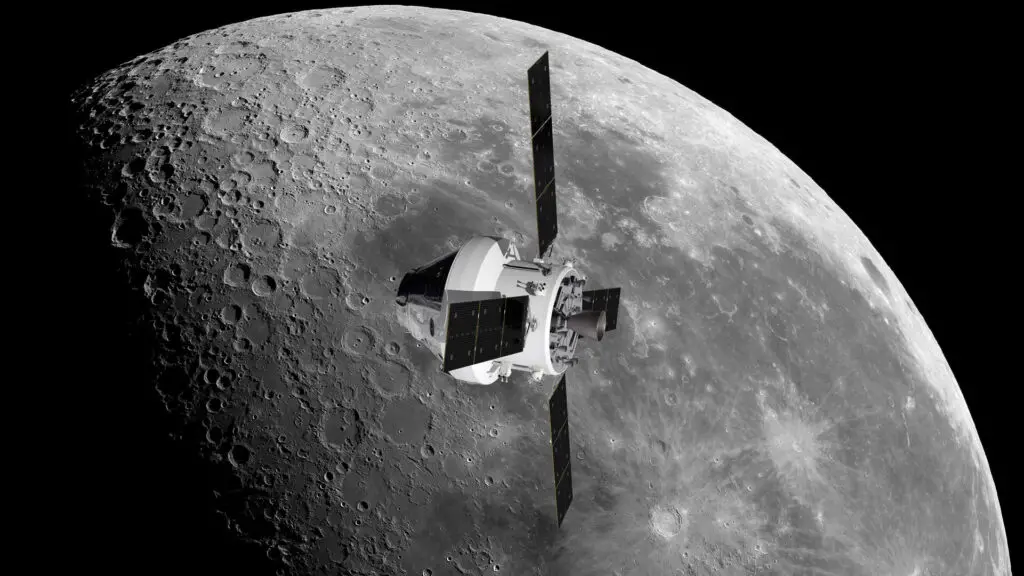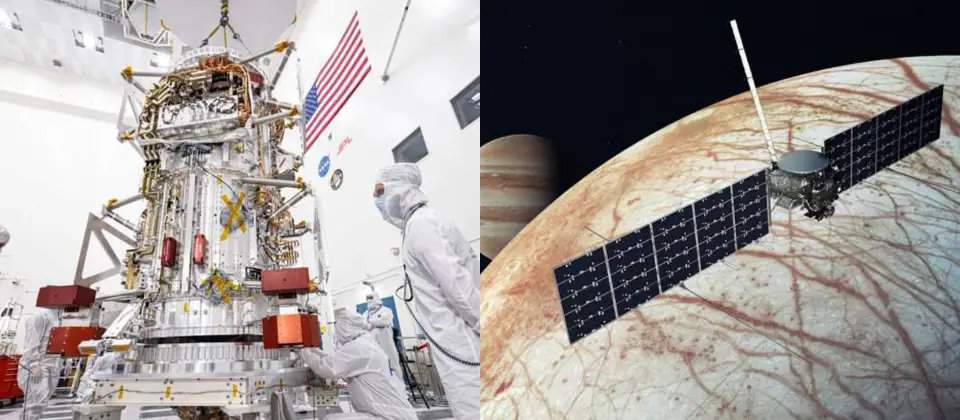On November 16, NASA launched the Orion Spacecraft to visit the moon and travel beyond our nearest neighbor. The American Space Agency and the entire world have been looking forward to when the Spacecraft will arrive in the moon’s orbit. On November 25, the Orion spacecraft safely entered the moon’s orbit reaching its primary destination.
On Friday, at 4:52 p.m., the Orion spacecraft conducted an 88-second engine burn to boost itself into a distant retrograde orbit (DRO) around the moon. The spacecraft succeeded in entering an orbit around our nearest neighboring celestial body as planned by NASA. The American space agency celebrated the milestone with an outstanding comment.
“Shortly before conducting the burn, Orion was traveling more than 57,000 miles [92,000 kilometers] above the lunar surface, marking the farthest distance it will reach from the moon during the mission,” NASA officials described the milestone in an update published immediately after the burn ended. “While in lunar orbit, flight controllers will monitor key systems and perform checkouts while in the environment of deep space.”
What’s Next for the Orion Spacecraft?
Since the spacecraft has successfully entered orbit around the moon, NASA is expecting the DRO to take the Orion about 40,000 miles (64,000 km) beyond the moon. This point is the most distant length the spacecraft will attempt to reach in space. When the Orion successfully reaches this milestone, it will create a new record to become a spacecraft that will reach a point in space that no crewed spacecraft has ever attempted to reach.
Only NASA’s Apollo 13 crewed spacecraft has successfully reached a record-breaking distance of 248,655 miles (400,171 km). However, the Apollo 13 spacecraft was never planned to cover such a distance. But due to the failure that occurred in the oxygen tank in the spacecraft service module, the crew was left with no other choice than to loop the spacecraft around the moon instead of landing. But NASA is expecting the Orion spacecraft to break the record set by Apollo 13 on Saturday Morning, November 26.
Hence, the capsule will continue to make the earth visible in its rear-view mirror for the next two days. However, the spacecraft will continue to travel until it finally reaches its maximum distance of 272,515 miles (438,570 km) on November 28. NASA planned for the Orion capsule to spend less than a week exploring the DRO, implying that the spacecraft will travel out of the moon’s orbit on December 1 starting with its engine burn. Once it leaves the lunar orbit, the spacecraft will be heading toward Earth. The spacecraft will arrive on Earth on December 11 and will splash down in the Pacific Ocean off the California coast.
Conclusion
NASA will complete its Artemis 1 mission upon Orion’s splashdown on Dec. 11. The American Space Agency is already looking at commencing with Artemis 2 in 2024 and Artemis 3 in 2025. However, the outcome of the Artemis 1 will determine if NASA will be commencing with its Artemis 2 and Artemis 3 missions on their planned dates, or make possible changes. What do you think about humans returning to the moon starting from the Artemis space program?




